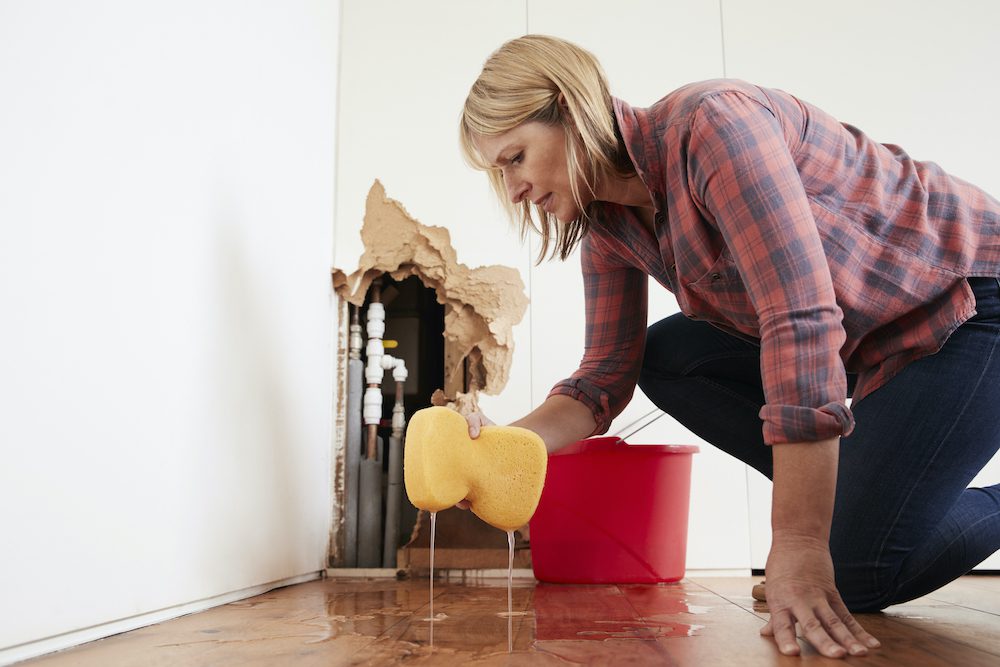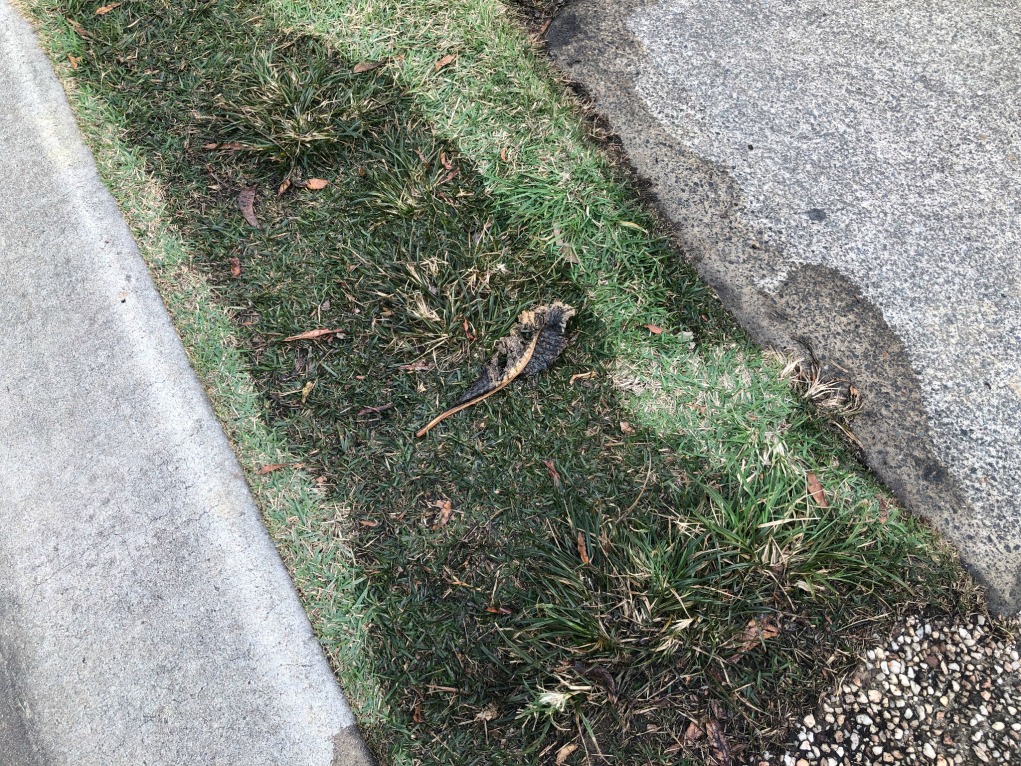6 Ways to Discover Hidden Water Leaks in Your House
Quote & ScheduleWhat're your opinions about Detecting hidden plumbing leaks?

Early detection of dripping water lines can alleviate a possible catastrophe. Some small water leakages might not be noticeable.
1. Examine the Water Meter
Every home has a water meter. Inspecting it is a guaranteed manner in which aids you uncover leakages. For starters, shut off all the water sources. Guarantee no one will certainly flush, utilize the tap, shower, run the washing machine or dish washer. From there, most likely to the meter and watch if it will transform. Given that no one is using it, there should be no activities. That suggests a fast-moving leak if it relocates. If you discover no adjustments, wait an hour or two as well as inspect back again. This indicates you might have a slow-moving leakage that can also be below ground.
2. Inspect Water Intake
If you identify abrupt changes, regardless of your usage being the very same, it indicates that you have leaks in your plumbing system. An unexpected spike in your costs indicates a fast-moving leak.
Meanwhile, a steady increase each month, despite the same practices, shows you have a slow-moving leakage that's likewise slowly escalating. Call a plumber to completely check your home, especially if you really feel a warm area on your flooring with piping underneath.
3. Do a Food Coloring Examination
When it comes to water consumption, 30% comes from commodes. If the color in some way infiltrates your bowl during that time without flushing, there's a leakage between the tank and also dish.
4. Asses Exterior Lines
Don't neglect to check your outside water lines too. Must water seep out of the connection, you have a loose rubber gasket. One small leakage can throw away loads of water as well as surge your water expense.
5. Check and Assess the Circumstance
Property owners ought to make it a routine to inspect under the sink counters and also also inside cupboards for any type of bad odor or mold development. These two red flags show a leak so timely focus is called for. Doing regular evaluations, even bi-annually, can conserve you from a major trouble.
A lot more importantly, if you recognize your home is currently old, keep a watchful eye on your heating systems, hose pipes, pipelines etc. Check for discolorations and weakening as many pipelines as well as home appliances have a life span. They will also normally degrade due to tear and also use. If you think dripping water lines in your plumbing system, don't wait on it to intensify. Call an expert plumber right away so you don't wind up with an awful mess in your home.
Early detection of leaking water lines can minimize a possible disaster. Some tiny water leakages might not be visible. Checking it is a surefire way that helps you discover leaks. One little leakage can waste lots of water and also surge your water bill.
If you believe dripping water lines in your plumbing system, don't wait for it to escalate.
How to Know If Your Home Has a Hidden Leak
Water Meter Reveals Inexplicable Water Usage
If you’d like to test whether or not there’s a leak somewhere in your home, you can do this using your water meter. Here is how to conduct the test:
Don’t use any water in your home for at least 30 minutes; this also means not turning on faucets or water-using appliances.
Go outside, and check your water meter for activity.
If your water meter shows that there was activity, even though no one was using any water, this proves that there is a leak in your home.Visible Mold or Mildew Growth
Leaks behind walls create moist, dark environments that allow mold and mildew to grow and thrive. Eventually, you might see mold growth forming on the wall closest to a hidden leak.
If mold is growing in an area that receives a high amount of moisture, such as a bathroom, it may simply be an indication that better ventilation is needed. However, if you see mold growth on a wall or the ceiling in an area where you would not expect, you probably have a hidden leak.
Musty, Mildew Odor
Sometimes you might not be able to see the mold or mildew that is growing as a result of a leak. However, the smell can give the problem away just as easily. If you catch a whiff of something musty, there’s a good chance that old water is collecting somewhere in your home that you can’t see.
Stained/Warped Walls, Ceilings, or Floors
When your home soaks up water, a variety of red flags can become visible, including ceiling stains, bubbling drywall, warped walls, and sagging floors. While these issues can be caused by excess humidity, they can also be signs that a pipe or plumbing connection has started leaking behind your walls.
Inexplicably High Water Bill
After a while, you get a general sense for what your water bill should be. If you own a pool or sprinkler system, your bill will tend to be higher during summer. However, if you receive a water bill that seems especially high, and you can’t figure out what caused it, then you may have a hidden leak somewhere that’s increasing your bill.
https://www.plumbingjoint.com/blog/2019/july/how-to-know-if-your-home-has-a-hidden-leak/

As a devoted person who reads about Detecting hidden plumbing leaks, I figured sharing that excerpt was a great idea. Please take a moment to share this content if you liked it. Thanks for your time. Please stop by our website back soon.